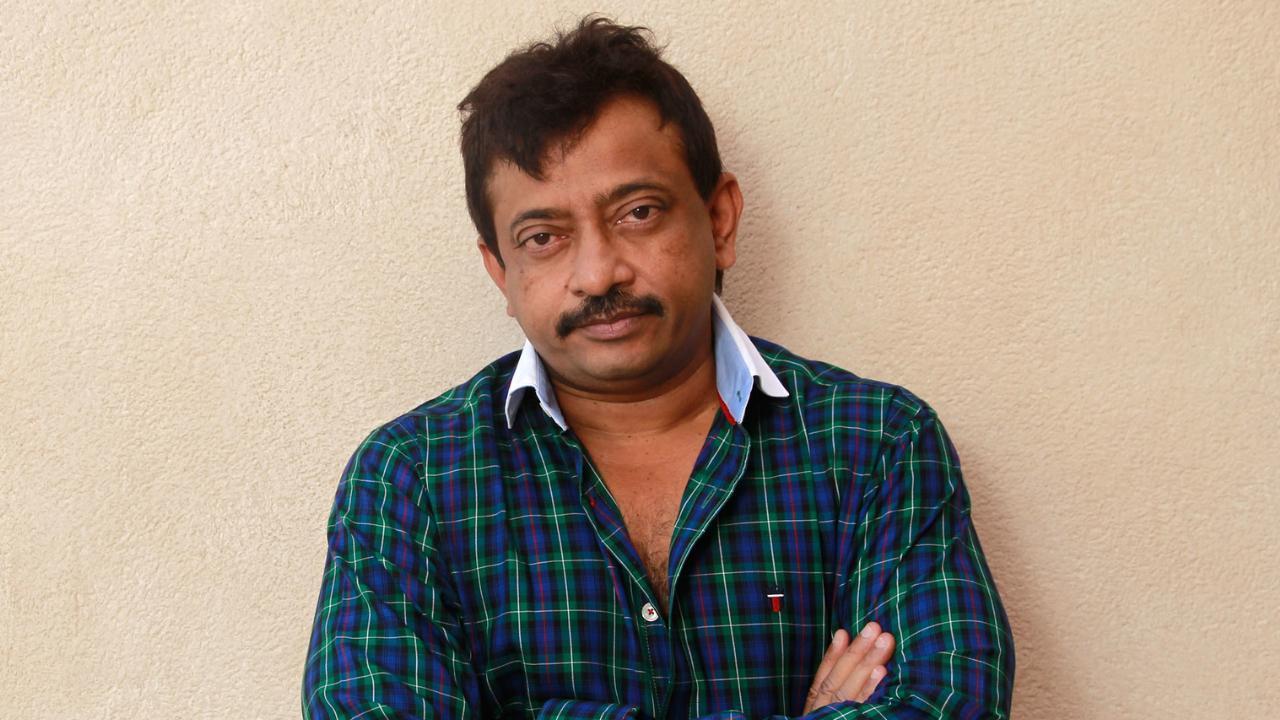
As the cricketing spectacle moves towards its final act in Pallekele, the stage is set for a gripping encounter between Sri Lanka and Afghanistan. Despite the series already being pocketed by the hosts with a stellar performance, the third One Day International promises to captivate audiences with the prospect of a Sri Lankan clean sweep or an Afghan surge to salvage pride.
The narrative took an explosive start with the series opener witnessing a run-fest. Sri Lanka’s batting lineup, led by Pathum Nissanka’s historic double century – the first by any Sri Lankan in ODI cricket – propelled them to an impressive total of 381 runs. Afghanistan, despite a shaky beginning that saw them reeling at five for less than 50, showed resilience and mirth in their batting to muster a respectable 339 in their chase on the flat surface.
The second ODI, however, unravelled differently for Afghanistan. In a rather dramatic collapse, the visitors succumbed, losing eight wickets for a meager 25 runs in their pursuit of another substantial total beyond 300. It was a reality check for Afghanistan, which will now seek to make amends and conclude the series with a face-saving victory.
On the day of reckoning, the teams will converge at the Pallekele International Cricket Stadium, a venue that has been the battleground for the entire series. The pitch at Pallekele has progressively shown signs of wear and tear, and with no change in venue, the surface is expected to challenge the players once more.
According to the pitch report, opting to bat first after winning the toss could be strategic, considering that spinners are likely to find more assistance as the game progresses into the second innings. This hints at an advantage for players such as Sri Lanka’s Wanindu Hasaranga, who could potentially turn the game with their wristwork and guile.
The Pallekele stadium, having hosted 41 ODIs so far, reveals an intriguing statistic where chasing teams have won 22 matches as opposed to 17 won by teams setting a score. The average first innings score hovers around 253 runs. The venue also records Sri Lanka’s highest ODI total of 381/3 against Afghanistan, contrasting starkly with the lowest total of 70/10 scored by Zimbabwe against Sri Lanka, marking the unpredictabilities inherent in the ground.
Looking to the series finale, both teams have a list of formidable players at their disposal. Afghanistan’s squad, featuring talents like Rahmanullah Gurbaz, Rahmat Shah, and the experienced Mohammad Nabi, will need to join forces and exhibit a performance that not only counters the spin threat but also makes use of their own spin arsenal.
The Sri Lankan contingent, riding high on confidence and the brilliance of Nissanka, will rely on their impressive batting lineup which also includes the likes of Kusal Mendis and Avishka Fernando. The local heroes will aim to entertain the home crowd with another dominating display.
As the teams prepare for their final battle, it’s not just about the numbers but also the pride and the narrative that will be etched in cricket’s rich history. Can Afghanistan disrupt the host’s plans of a series sweep or will Sri Lanka stand tall in Pallekele? Only time will tell, but one thing is certain: the game of cricket is all set for another exhilarating day in the heart of Sri Lanka.










